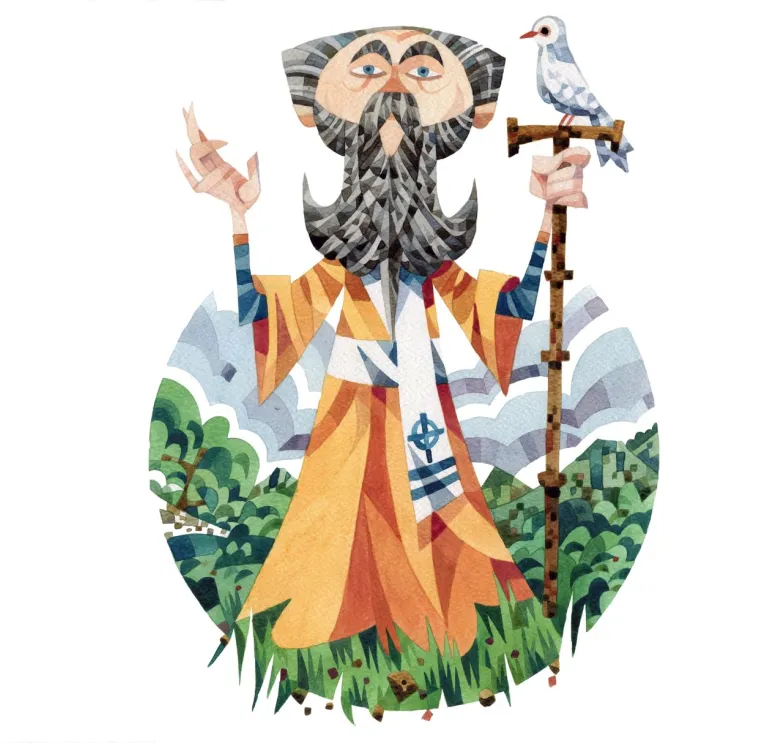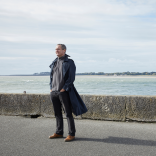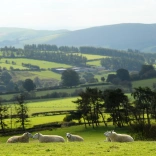Fact and folklore intertwine when it comes to the life of Saint David, or Dewi Sant in the Welsh language, the bishop from Wales whose birth was said to have been foretold by an angel and whose death supposedly came well after he’d passed the 100-year mark.
What is certain is that the sixth-century preacher gained such a following during his life that more than 60 Welsh medieval parish churches were ultimately dedicated to him. It was this popularity that likely led to David’s eventual adoption as Wales’ patron saint, whose feast day on 1 March has evolved into an annual celebration of all things Welsh.
Here are the key facts about Wales’ most famous clergyman.
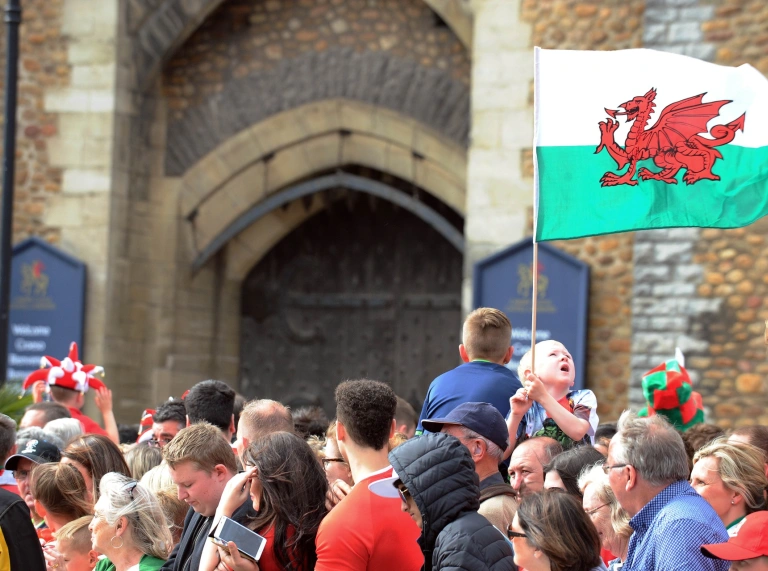
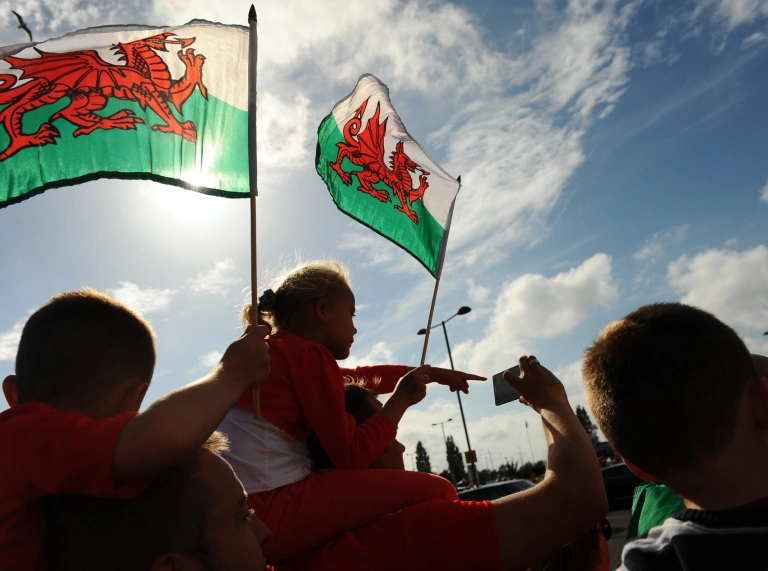
A boy born in a storm
According to legend, the birth of Dewi, thought to be around 500AD, was foretold by an angel some 30 years before his arrival. When he did eventually appear, his birth was fittingly dramatic, taking place on a West Wales clifftop overlooking the sea during a ferocious lightning storm. A ruined chapel named after his mother, a nun called Non, is believed to mark the spot. The chapel’s well, which reputedly sprung up during the storm, became famed for its healing properties, and can still be visited today.
While his mother was a simple nun, David reputedly boasted royal heritage through his father, Sant, who was a king of Ceredigion.
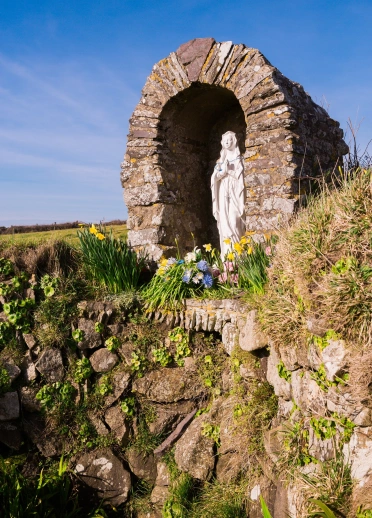
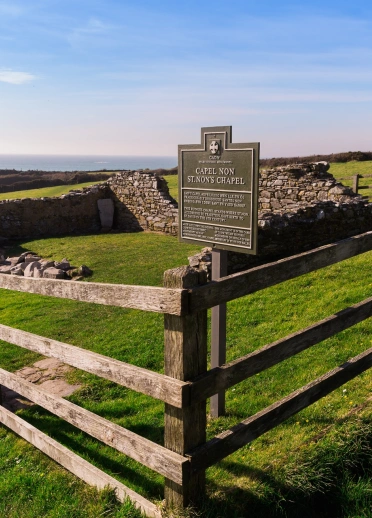
Hitting the road
After schooling, David headed off on pilgrimage and became a renowned preacher, founding notable monastic settlements and churches in Wales, Brittany (in northern France), and southwest England – including, it is said, the abbey at Glastonbury. David was also claimed to have made a visit to Jerusalem in the company of two other Welsh saints, Padarn and Teilo, where the patriarch consecrated him as an archbishop.
David the Waterdrinker
After returning from his travels, David settled at what is now known – in his honour – as St Davids, a tiny city in southwest Pembrokeshire, where he established a strict religious community. He and his monks followed a simple life. They ploughed the fields by hand, and David drank only water (in Welsh, he was known as Dewi Ddyfrwr – David the Waterdrinker), and ate only leeks. It is during this time that he founded his monastery, on which the famous St Davids Cathedral now stands, dating back to 1181.
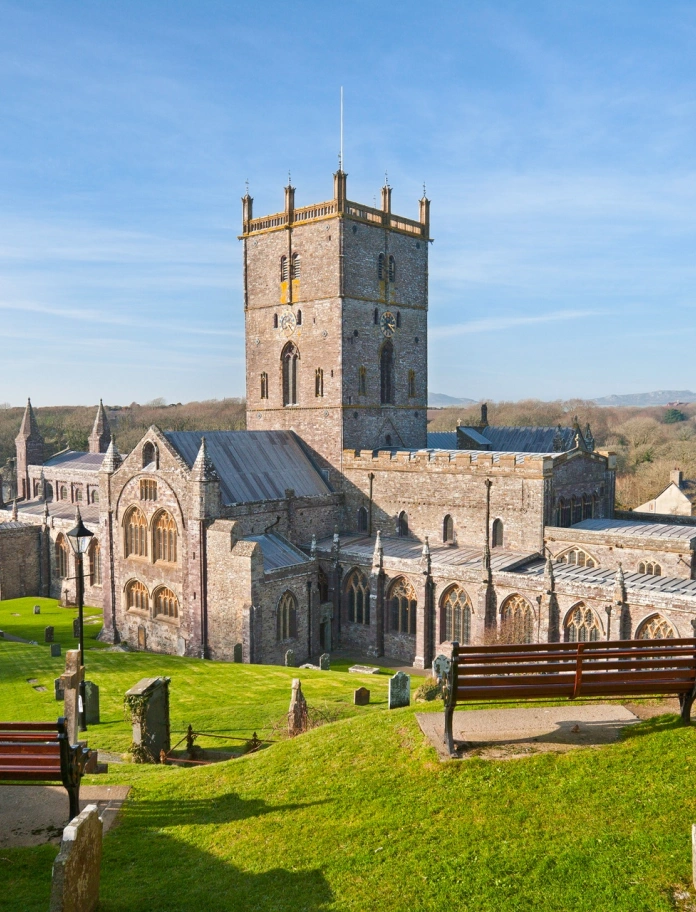
A man of miracles
David is said to have performed numerous miracles throughout his life, including restoring the sight of a blind man by making the sign of the cross.
But his most famous miraculous act is one he undertook during a sermon in the village of Llanddewi Brefi, when he made a hill rise up from under him so he could better address the large crowds who had gathered to hear him preach. During the same sermon, a dove (an international symbol of peace) landed and settled on his shoulder, an animal with which David is commonly associated and depicted.
A lasting legacy
After his death in 589, David’s fame continued to spread throughout Wales and beyond. Dozens of medieval parish churches were subsequently dedicated to him, and his shrine, set amidst his monastic settlement he’d created, became a popular place of pilgrimage. Pope Callixtus II even decreed that two pilgrimages to St Davids Cathedral were the equivalent of one visit to Rome.
Dewi is also remembered for the words he spoke during what is thought to be his final sermon before his death, during which he told the gathered crowds to: ‘Be joyful, keep the faith, and do the little things that you have heard and seen me do.’ The phrase ‘Gwnewch y pethau bychain mewn bywyd’ — ‘Do the little things in life’ — is still a well-known saying in Wales.
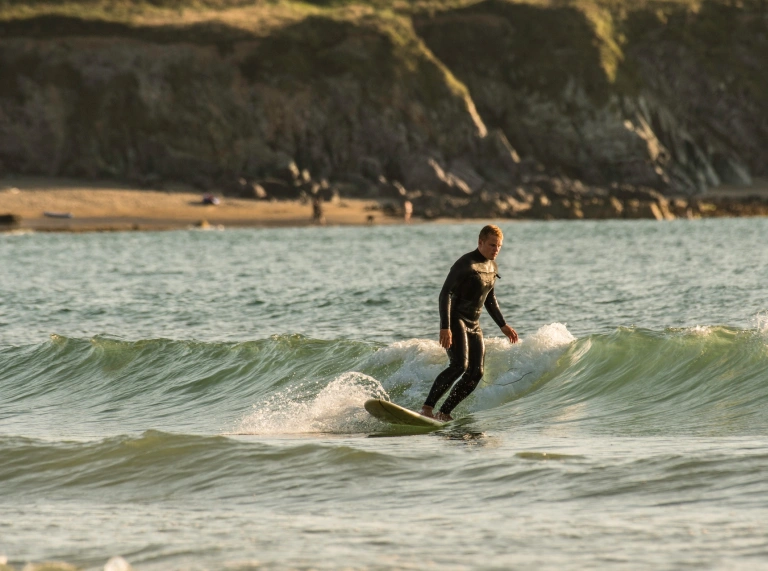
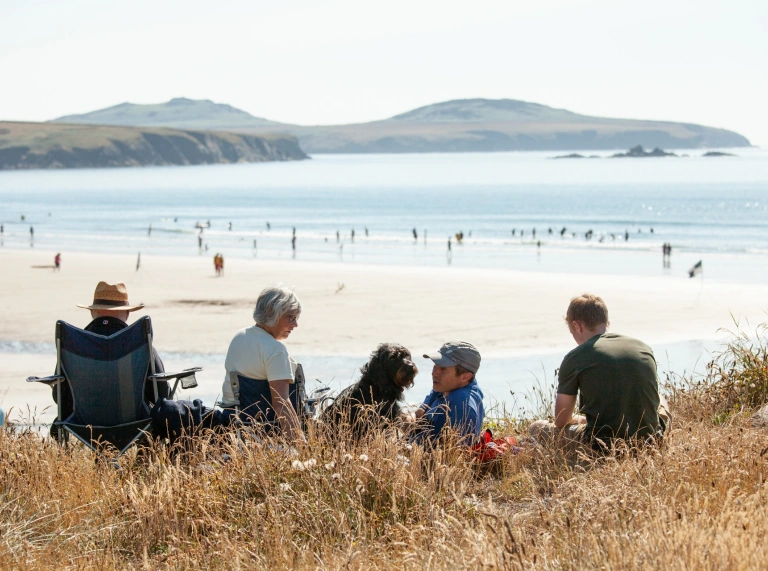
An annual celebration
St David’s Day is commemorated each year on the anniversary of David’s death, 1 March, throughout Wales and also by Welsh diaspora communities in cities across the world, from Tokyo to New York. What was once a religious feast day for our patron saint has morphed into a colourful celebration of all things Welsh, with locals donning daffodil brooches and hats (the flower being one of the primary symbols of Wales) and heading out to special events, concerts and street parades.
Other conventions see school children dressing up in traditional Welsh outfits and hardy swimmers braving a dip at one of Wales’ beautiful beaches. Meanwhile, members of the Royal Welsh, a regiment of the British Army, mark the day with an annual leek eating competition – an activity that we think Dewi, given his dietary preferences, would strongly support.
Learn more about the ways people celebrate St David’s Day in Wales.
